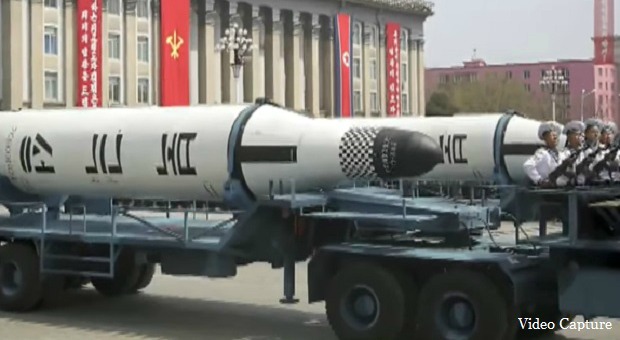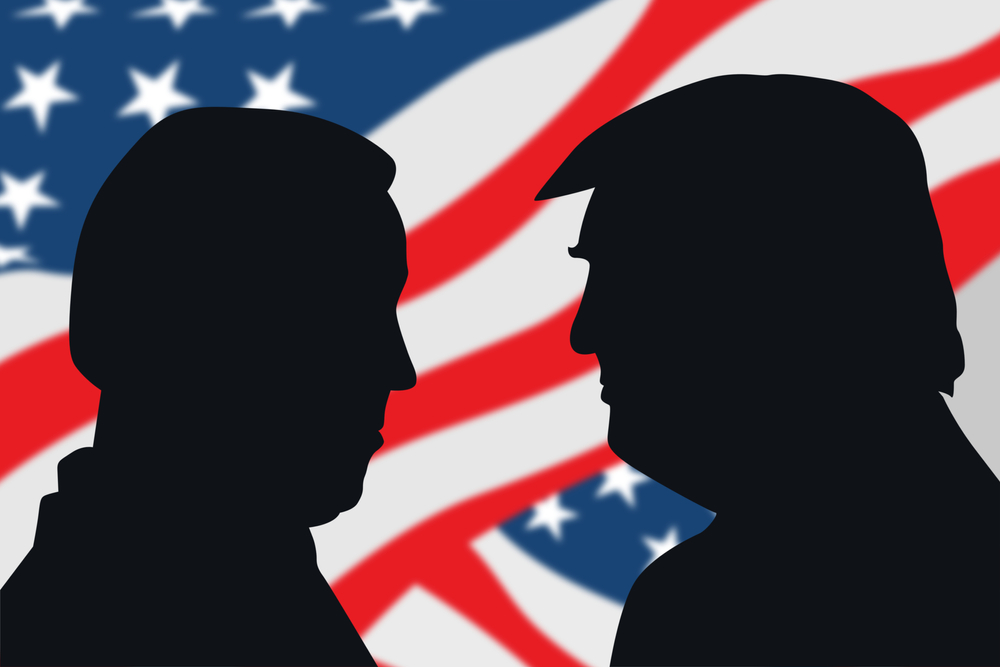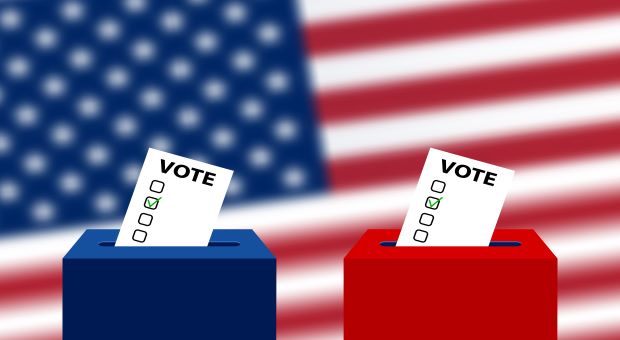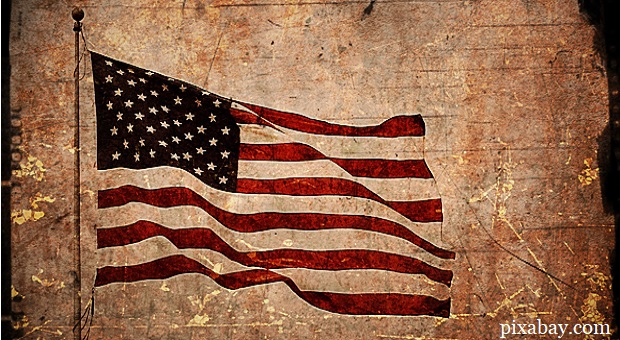The rhetoric coming out of North Korea has been belligerent for some time now.
Every time we hear anything about Kim John-un, it seems that he’s talking about how tough he is and how he’s going to make the United States pay for our actions. If that’s all for domestic consumption, that’s fine; but he doesn’t seem to limit it to his national news services.
Rather, he’s spouting off those threats for the whole world to hear.
Just this year, Kim claimed that America’s annual military exercises with South Korea were a provocation, threatening the United States with retaliation if anything went wrong. On its face, it looks like he’s looking for any excuse to attack the USA, regardless of the outcome.
The very idea of a tiny nation like North Korea even threatening to attack the United States is ridiculous. North Korea has the 25th largest military in the world, compared to the United States, which tops the list as number one. Our standing military is twice their size, and in critical categories such as tanks and attack helicopters, we outnumber them by as much as 48 to 1, even though they have more artillery strength than we do.
Even South Korea has a considerably stronger military than the North does, although the North has more men in uniform. But wars are not ultimately won by bodies in uniforms, but on a country’s logistical strength. While the soldier in the field is the one who must fight for his country, his ability to do so will depend on the logistical support he receives.
It’s clear that Kim John-un isn’t going to invade the American landmass. He doesn’t have the navy to support such an attack. Of the 309 in his navy, 211 are small patrol craft. The only sizeable surface ships he has are his 3 frigates. More than anything, North Korea depends on their fleet of 70 submarines to project strength.
But submarines are a very poor platform for projecting power, as their whole idea is to remain unseen by the enemy. The only way that they can project power is either by making themselves visible and therefore vulnerable or by attacking. Of course, any attack by a submarine would be considered an act of war.
While all of North Korea’s submarines are diesel-electric powered, making them much easier to detect than nuclear powered submarines, some of them are reported to have the capability of carrying one or two missiles in vertical launch tubes.
Coupled with their missile program and their nuclear program, the missile capability of roughly 40 of North Korea’s navy gives them a potentially frightening capability, that of launching a nuclear strike on the United States mainland.
Video first seen on Fox News.
Of course, we don’t know if the missiles that North Korea are developing are compatible with their submarines, as they have yet to launch one from a sub. So this might not be much of a threat after all. But that’s not to say that there is no way whatsoever that North Korea could attack the United States of America with nuclear missiles. They’ve stated that as their purpose, and we can be sure that they are working to make it a reality.
Most of North Korea’s missiles are mobile, meaning that they are mounted on large, military-grade vehicles. This gives them the strategic advantage of being easy to hide, especially in North Korea’s mountainous terrain. But it has another tactical advantage that needs to be considered. Since the launch vehicle is all that’s needed to send these missiles skywards, they can be launched off of any ship, such as a typical container ship used for general cargo.
Both the Rodong-1 and Hwasong-10 missiles are vehicle mounted and thought to have nuclear capability. While the Rodong-1 is a bit long to fit into a standard cargo container, the Hwasong-10 would fit with room left over. Building a special container, which looks like a standard shipping container and contains the necessary launch hardware and electronics would actually be easier than building a launch vehicle.
The Devastating Nuclear Threat
The North Koreans currently have the capability, technologically speaking, of attacking the United States with nuclear weapons. While they don’t publish their current nuclear inventory on the internet, experts put the total at about 20 weapons. That means that North Korea currently has the ability to gut the hearts out 20 major U.S. cities in a surprise attack.
Such an attack would have a major effect on our country, especially as those 20 cities would probably be many of our biggest ones. Any city within about 600 miles of the coast could be a potential target. Other than Washington, DC, they would probably pick targets with the largest population or strategic value.
Of course, such an attack would motivate our government to retaliate in kind. Considering that we have many more nuclear weapons than they do, we could easily level their country. That would make the attack a suicide mission, and it’s anyone’s guess if Kim’s hatred for us is strong enough for him to risk ordering a suicide mission against us.
Of course, the other, more dangerous, possibility is that Kim could order an EMP attack, rather than a conventional nuclear attack. The missiles mentioned above have a terminal altitude in a lofted trajectory of 160 km, or just shy of 100 miles. At that altitude, a nuclear weapon explosion would cause an EMP whose effects would be felt over 2/3 of the continental United States.
Should such attacks be coordinated to happen from both sides of the country at the same time, pretty much the entire continental US could go dark at once. The only states unaffected would be Alaska and Hawaii.
Since the Pacific Fleet is still headquartered at Pearl Harbor, Hawaii, we would still retain some retaliatory ability against Pyongyang. But that would be of little comfort to the 320 million people who would suddenly be without electricity and everything that electricity provides for us.
This is the single biggest threat that we, as a country, face today. Iran isn’t as far along in their nuclear problem as North Korea is, nor their missile program. So, while both countries would love to attack the USA, the North Koreans seem to have the advantage in the race to do so.
Not only is an EMP from North Korea the most likely threat we face today, it’s also one of the most devastating possible. By comparison, a conventional nuclear attack would be minor. That conventional nuclear attack would only affect one city, killing a few million people at the most. The EMP attack I outlined above has the potential of killing up to 90% of our population.
That isn’t my figure; it came from the study created by the EMP Commission. Their conclusion was that a High-altitude EMP, exploding over the central United States, would end up killing 60 to 90 percent of our population, mostly through starvation. That’s clearly an unacceptable outcome for us.
Regardless of how likely you or I think such an attack is, the risk is too large to be ignored. The very fact that North Korea, a country whose leader hates us, has that capability, means that it could happen. If it did, it’s unlikely that our military could stop it. At best, they could retaliate, but that won’t help us here at home.
I’ve studied the potential effect of an EMP attack extensively. While there are some things which would survive such an attack, it is clear that the nation’s power grids would be taken down. The key component here is the massive transformers, of which there are thousands. Without those transformers, which are not protected against EMP, the power can’t flow.
Video first seen on Fox News.
Looking at that logically, our chances aren’t all that good. There is no reserve supply of transformers available, so we’d have to wait for them to be built. Most likely, the first ones to be built would go to areas that would be considered to be the most crucial to the country; substations serving Washington and a few of our largest cities. If you don’t live near one of them, you can forget about getting any electricity for at least a year, if not several years.
Survival of the fittest will become survival of the most prepared. Without electrical power, our entire infrastructure will come to a grinding halt. Municipal water authorities won’t be able to provide water to our cities. Trucks wouldn’t be able to move merchandise. Since pretty much everything we depend on comes from somewhere else, society would be at a standstill.
Those who survive will either do so because they have a large enough stockpile to survive, they are able to produce their own food and other necessities, or they are strong enough and mean enough to take what they need from others.
Pretty much everyone else will die off. Oh, there will be a few who learn to survive, planting gardens and hunting for meat. But those will be people who live in rural areas, close to forests where game can be found. The hardest hit will be those in the cities, who not only don’t have the space necessary to grow their own food, but don’t have the skills needed either.
Many will move, seeking a better chance of survival. But more will die while moving, than those that find a place to start over. The mass migration from big cities to rural areas will be met with resistance, as the rural towns won’t be able to feed the huge numbers of city dwellers, few of whom will bring useful skills to go with their hungry bellies.
There will be pitched battles, as those rural communities try to defend themselves from what will seem like a zombie invasion.
I’m sure that the rural communities will win the most of those battles, as they will be better armed than the invaders from the city. But their win won’t be without cost, especially the cost to their souls.
Killing your fellow man for a crime no greater than to be hungry, is not something to make one feel good about themselves. But other than criminal gangs who will try to attack those rural communities, that’s the biggest crime that many of those invaders will commit.
The population will probably stabilize after that first year, as those who remain are the ones who are able to feed themselves without depending on the system to bring them food. I think we can expect the majority of those people to be in rural communities, although there will be some suburbanites who survive as well. Those still alive will then begin the arduous task of rebuilding society.
The question that faces you and I is whether or not we’ll be counted amongst those who survive. More than anything, that will depend on our level of preparedness. But there’s another important factor that we must take into consideration. That of being able to protect ourselves from others.
The ability to protect ourselves will be a complicated one. Those “others” will consist of anything from beggars who show up at our door, to heavily armed gangs who are willing to kill us in order to get what we have. Solo survival or attempting to survive as a family won’t be enough to fend off those attacks. We’ll need to be part of a larger survival community, which is prepared and organized to repel those who want what we have.
With this being the potential cost, could it be that a preemptive attack against North Korea’s nuclear weapons be better?
Interested in keeping you and your family safe? Click the banner below for more!
This article has been written by Bill White for Survivopedia.
References:
http://www.foxnews.com/world/2017/04/18/north-korean-official-vows-frequent-missile-tests-as-tensions-escalate.html
http://www.newstarget.com/2017-04-12-emp-commission-chairman-confirms-that-a-nuclear-emp-attack-could-kill-90-of-the-u-s-population.html










Pingback:Why a North Korean EMP is Far From Fantasy | Survivopedia | June 8, 2018
|